calsfoundation@cals.org
Norfork (Baxter County)
| Latitude and Longitude: | 36º12’34″N 092º17’04″W |
| Elevation: | 476 feet |
| Area: | 2.23 square miles (2020 Census) |
| Population: | 465 (2020 Census) |
| Incorporation Date: | November 25, 1910 |
Historical Population as per the U.S. Census:
|
1810 |
1820 |
1830 |
1840 |
1850 |
1860 |
1870 |
1880 |
1890 |
1900 |
|
– |
– |
– |
– |
– |
– |
– |
– |
– |
– |
|
1910 |
1920 |
1930 |
1940 |
1950 |
1960 |
1970 |
1980 |
1990 |
2000 |
|
– |
224 |
247 |
304 |
431 |
283 |
266 |
399 |
394 |
484 |
|
2010 |
2020 |
|
|
|
|
|
|
|
|
|
511 |
465 |
|
|
|
|
|
|
|
|
Although it has been known by several names and did not incorporate as a city until the twentieth century, Norfork of Baxter County is one of the oldest extant settlements in Arkansas. Located where the North Fork River empties into the White River, the city of Norfork gave its name to the dam and lake created in the 1940s, and it still benefits from that tourist attraction in the twenty-first century.
Jacob Wolf was one of the earliest homeowners in what would become Norfork. He is sometimes identified as an Indian agent, although no record exists of his appointment or activity in this vocation. Some local historians have claimed that Wolf arrived in Arkansas as early as 1811, but his presence is not mentioned in official records until the mid-1820s. In 1825, Wolf entered a claim to seventy-six acres on high ground near the junction of the White and North Fork rivers. Wolf had a large log house built by slaves and Native American workers. There, he raised a large family (he was married three times and fathered sixteen children, as well as raising several stepchildren) and served as a major in the territorial militia. His home became the center of county government when Izard County was created in 1825. The next year, a post office was established in his home. Known as Izard Court House until 1844, the post office then changed its name to North Fork. The trading community that arose around the Wolf House was called Liberty by residents and visitors.
Liberty was a flourishing settlement, with stores, houses, and farmland. It was also the “jumping-off point” for many travelers heading into the western wilderness. With the creation of new counties from parts of Izard County, the Izard County seat was moved from the Wolf House to the community of Athens (Izard County). Steamboats continued to land at Liberty, and it remained a prominent settlement well into the nineteenth century.
After the Civil War, the post office in the Wolf House was closed, although some businesses continued to operate in the area, including a ferry across the White River. The community sprang to life again in the first years of the twentieth century with the arrival of the Missouri Pacific Railroad. A line built to connect Newport (Jackson County) to Joplin, Missouri, crossed the North Fork River with a new bridge at Liberty, and many construction workers temporarily made their homes in the community. It was renamed Devero, apparently after a railroad engineer named Devereaux, but the name changed again a few years later to Norfork, a blending of the North Fork name. (One source claims that the name change resulted from Devereaux leaving the area with company funds.) A post office was reestablished in 1902, with the renaming from Devero to Norfork made official in 1906. The city was incorporated in 1910.
Norfork was a center for the timber industry, which supplied the railroad with wooden ties. By 1910, Norfork had a hotel, a blacksmith, a gristmill, a barber, a butcher, a bank, and several stores. Many sawmills operated in Norfork until the 1920s. As trees were harvested and not replaced, the timber industry declined, but the button blank industry grew as freshwater mussels were harvested from the riverbeds. A movie, Souls Aflame, was filmed in Norfork in 1927, using many residents as extras and as minor characters in the Civil War drama.
The first school in Norfork was established around 1908. During the Depression, Works Progress Administration (WPA) and National Youth Administration (NYA) workers built four structures to serve as the Horace Mann School in Norfork. The WPA constructed the main building and the gymnasium with both federal and local funding. The NYA added a home economics building and a vocational/agricultural education building. The four buildings were used as schools until the 1980s. In 2007, they were listed on the National Register of Historic Places.
A new bridge was built over the North Fork River in 1937. The suspended-truss steel bridge was seventy feet above the river and 533 feet long. (As of 2013, construction is under way to replace this bridge.) In 1938, an act of Congress authorized funds to control flooding and generate electric power through a series of dams on the White River and its tributaries. The first of those dams was begun on the North Fork River near Norfork in 1941. The four-year project created many jobs for residents, and the population of the city grew. Norfork Lake continues to be a draw for tourists.
School consolidation in the twentieth century closed many rural schools, whose students were bused to Norfork. As of 2013, the Norfork School District has approximately 250 students in the elementary school and 210 students in the high school.
The Jacob Wolf House was added to the National Register of Historic Places in 1973. Renovated several times, including 1966 (when the restoration was funded by Gerald L. K. Smith) and 1999 (this time funded by a grant from the Arkansas Historic Preservation Program), the building serves as a museum. The bridge over the North Fork River, the Horace Mann school buildings, and a house now used as a bed and breakfast also are on the National Register.
For additional information:
Baker, Russell P. “Jacob Wolf.” Arkansas Historical Quarterly 37 (Summer 1978): 184–192.
Baxter County History & Families. Paducah, KY: Turner Publishing Company, 2003.
Messick, Mary Ann. History of Baxter County, Centennial Edition, 1873–1973. Mountain Home, AR: Mountain Home Chamber of Commerce, 1973.
Norfork, Akansas. https://cityofnorfork.org/ (accessed August 5, 2022).
Raymond, Henry Herve, and Patricia R. Collier. “Norfork Memories.” Baxter County History 27 (April, May, June 2001): 31–35.
Steven Teske
Butler Center for Arkansas Studies
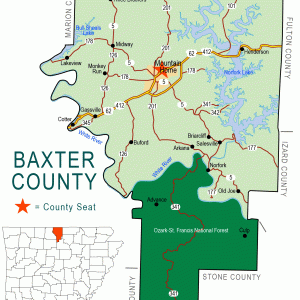 Baxter County Map
Baxter County Map 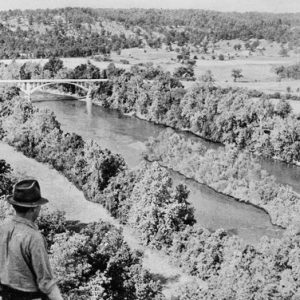 Before Norfork Lake
Before Norfork Lake 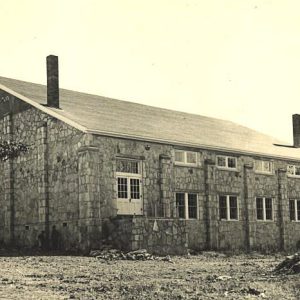 Horace Mann High
Horace Mann High 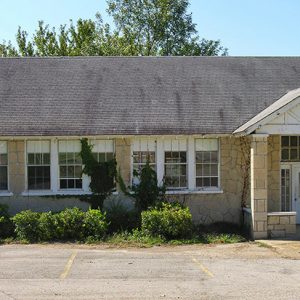 Horace Mann Home Ec Building
Horace Mann Home Ec Building 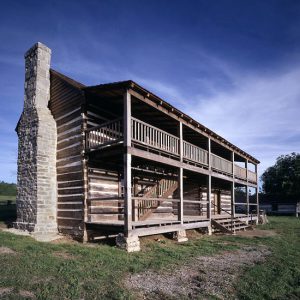 Jacob Wolf House
Jacob Wolf House 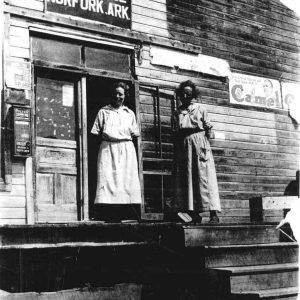 Norfork Post Office
Norfork Post Office  Norfork Bridge
Norfork Bridge 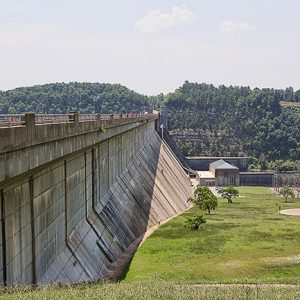 Norfork Dam
Norfork Dam 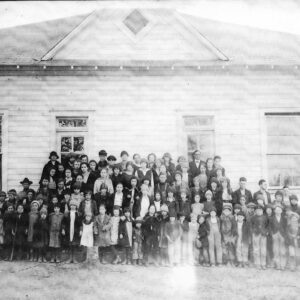 Norfork School
Norfork School 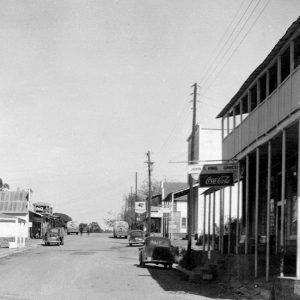 Norfork Street Scene
Norfork Street Scene  Riverside Hotel
Riverside Hotel 




Comments
No comments on this entry yet.